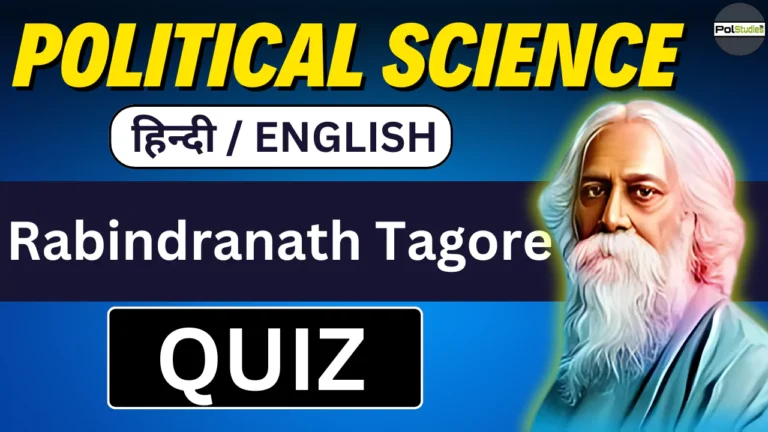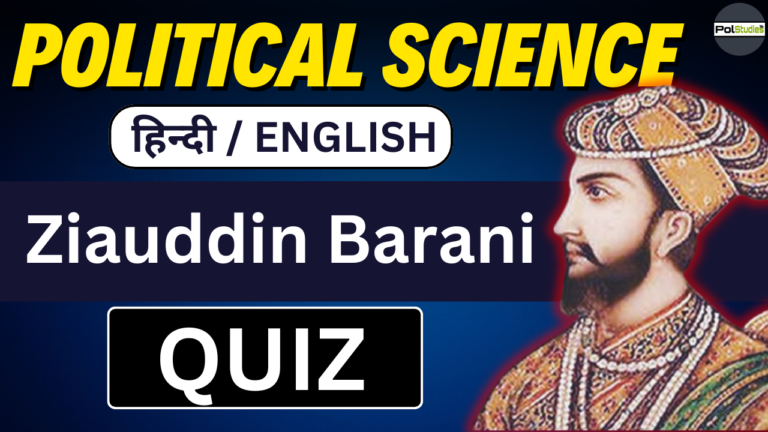Kautiliya Major Theories | Notable Works | UGC NET | CUET-PG
🧠 Who Was Kautilya?
1Kautilya, also known as Chanakya or Vishnugupta, was an ancient Indian philosopher, economist, jurist, and royal advisor. He lived around the 4th century BCE and played a key role in the rise of the Maurya Empire, helping Chandragupta Maurya become its first emperor. Often referred to as the “Indian Machiavelli,” Kautilya is credited as one of the earliest pioneers of political science and economics.
Watch on YouTube
His thoughts on statecraft, diplomacy, war, and economics laid the groundwork for future governance models in India and continue to influence modern political and strategic thought.
🧩 Major Theories & Ideas
Kautilya’s brilliance lay in his detailed and pragmatic approach to governance. Here are some of his key theories:
- Saptanga Theory (Seven Elements of the State)
A model for understanding and maintaining a powerful state, consisting of:
Swami (King), Amatya (Ministers), Janapada (Territory/Population), Durga (Fort), Kosha (Treasury), Danda (Army), Mitra (Ally). - Mandala Theory (Circle of States)
A geopolitical strategy that defines relationships between states in concentric circles:
Your immediate neighbor is your enemy, your enemy’s enemy is your friend. It’s a realistic view of international relations. - Rajdharma (Duty of the King)
The king must rule with discipline and righteousness but also be ready to use intelligence, spies, and military power to maintain order. - Dandaniti (Science of Punishment)
The ruler must use strict law enforcement to preserve social order—an early take on law, order, and justice systems. - Shadgunya (Six Measures of Foreign Policy)
Six strategies: Peace (Sandhi), War (Vigraha), Neutrality (Asana), Preparation for war (Yana), Alliance (Samsraya), and Double policy (Dvaidhibhava).
📚 Major Works
- Arthashastra
This is Kautilya’s magnum opus—a comprehensive treatise on politics, economics, military strategy, and administration. Rediscovered in 1905, it is composed of 15 books (or sections), covering everything from the duties of a king to spy networks, economic policies, war strategies, and civil law.
🔹 Basic Identity
- Full name: Kautilya, also known as Chanakya and Vishnugupta.
- Lived during: Roughly 4th century BCE.
- Profession: Philosopher, economist, teacher, strategist, and royal advisor.
- Famous work: Arthashastra – an ancient Indian treatise on statecraft, economic policy, and military strategy.
🔹 Contributions and Achievements
- Mentor of Chandragupta Maurya:
He played a pivotal role in overthrowing the Nanda Dynasty and establishing the Maurya Empire with Chandragupta Maurya as its first emperor. - Author of the Arthashastra:
A comprehensive text covering governance, law, economics, military strategy, espionage, and diplomacy. It is often compared to Machiavelli’s The Prince but predates it by centuries. - Founder of Realpolitik in India:
Kautilya is often considered the pioneer of political realism in Indian thought. His ideas are pragmatic, emphasizing results over idealism. - Emphasis on espionage and intelligence:
He detailed how a ruler should maintain a network of spies to gather information and protect the state. - Economic insights:
Arthashastra includes advanced discussions on taxation, trade, agriculture, and market regulation, making Kautilya one of the earliest known economic thinkers.
🔹 Philosophical and Ethical Views
- Advocated utilitarianism: The good of the majority should outweigh the good of the few.
- His moral code was flexible, often prioritizing practicality and national interest over absolute ethics.
🔹 Legacy
- Kautilya is remembered as one of the greatest minds in Indian political history.
- His strategies laid the foundation for one of the largest empires in Indian history.
- Today, Indian civil services and political science still study his work for insights on governance and administration.







